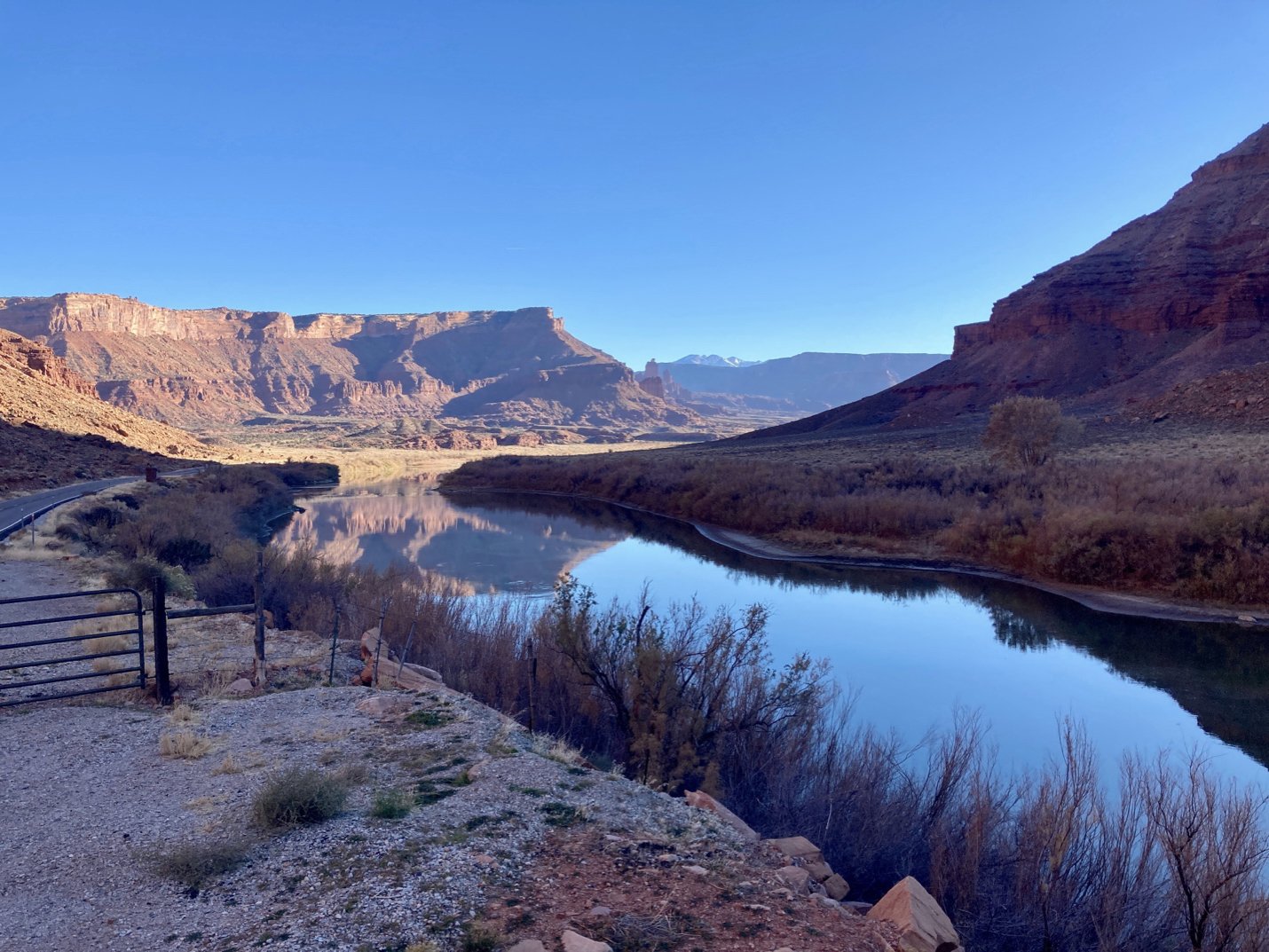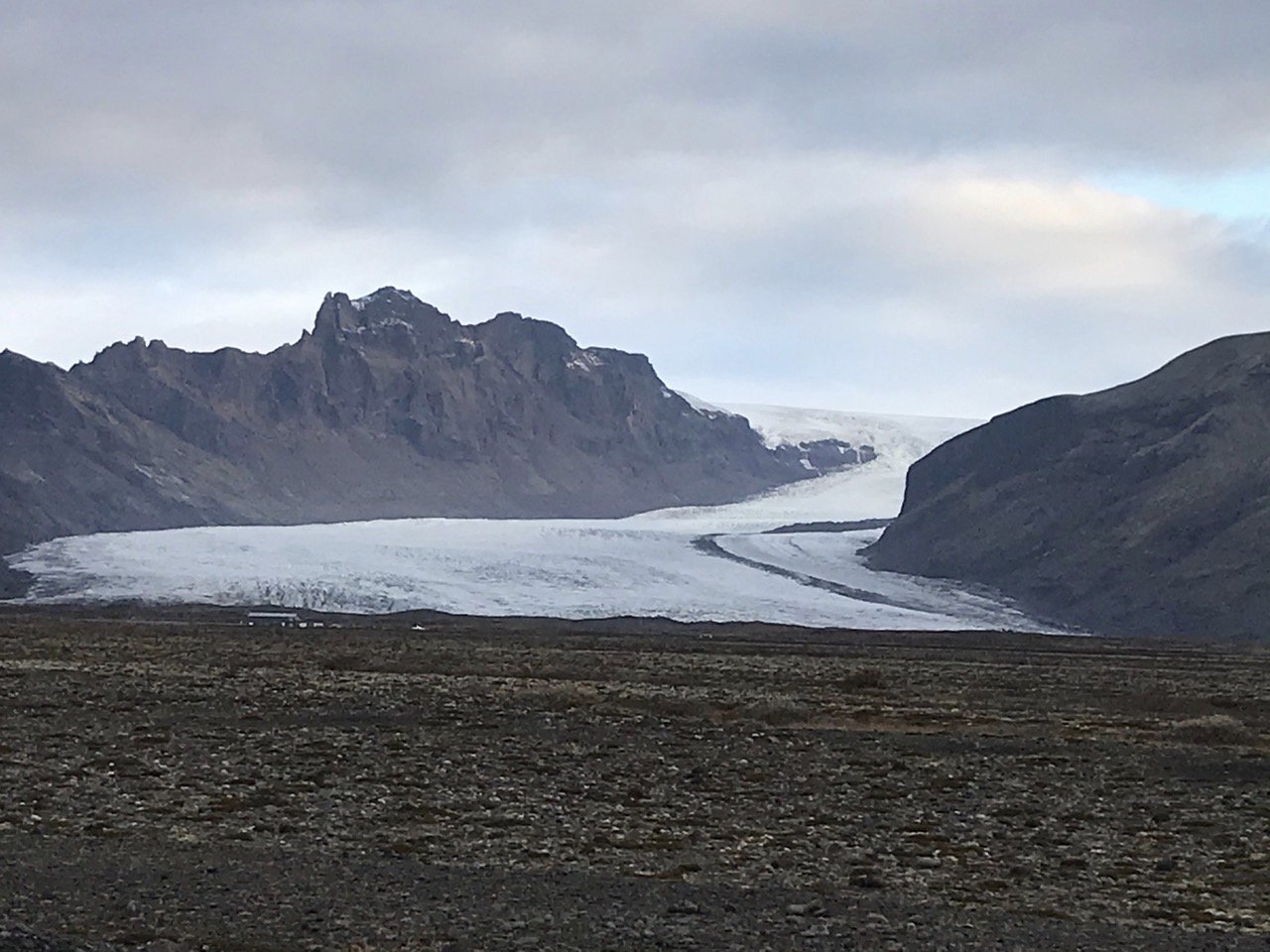The Secret Life of Water
It is one of the most remarkable elements in the universe. What does it know, where did it come from, and what can it tell us about ourselves?
Every living thing on earth requires water. In the case of you and me, we need it because so much of us consists of it. For every pound of you, almost two-thirds is water. This does not make us unique among living things. A two-and-a-half-pound sheep requires 10 quarts of water a day. A tomato is pretty much all water - 95 percent. And your average bacterium is 75 percent H2O.
The reason life is so important to water is because it is where all living things came from, and all living things came from water because it covers 71 percent of the planet, most of it in oceans more than a mile deep. If we were given a second chance to name our world, any right-minded person would have called it Water rather than Earth, or maybe Aqua, Maji, Yann or any of the other names humans have devised to label it in time and place.
Earth Forming 4 billion years ago. Photo - UniverseToday.com
In the very first moments before the Big Bang, all of the molecular arrangements for making water were hidden but in the works. All that remained was ignition. This was before molecules themselves existed to be arranged; a time when the universe was infinitely smaller than the tiniest atom, and more dense than any black hole, a singularity, pregnant with everything needed to create the menagerie of outlandish objects that would arrive after the bang: galaxies, pulsars, neutron stars, quasars, suns, planets and humans. It was from this time, when there was no time, that water was born.
Water on Earth was fashioned out immense clusters of swirling meteors and ice smashing into a fiery sphere. In time, they would give the planet its infant oceans. After an epoch, a Mars-sized body smashed to Earth to create the moon, a body that hauls at Earth’s seas from 350,000 miles away several times a day. Imagine the effect the moon had on Earth’s early seas 4 billion years ago when, shortly after its arrival, it circled a mere 11,000 miles away.
Golden Fall - Iceland (Photo - Chip Walter)
Though water is everywhere on our planet, it is strange and exceedingly rare elsewhere in the universe. It consists of three molecules. Two made of hydrogen, the commonest molecule in the universe, and one of oxygen, the commonest element within earth’s crust. Water is odd because its molecules have an abiding affection for one another. They bind in a V-shape as easily as three good friends. At the bottom of the V, the oxygen end is slightly negatively charged. At the other end, the hydrogen molecules are positively charged, also just slightly. This dipolarity explains the behavior behind all of the earth’s oceans, seas, rivers, lakes, clouds, glaciers and life. Water is fluid, flowable, because its negative and positive charges easily attract its sister molecules as if in a great dance, changing partners billions of times in a blink.
Since water likes to collaborate, it also embraces the air and sun and Earth’s tectonic landmasses so that together they keep every form of life, including you and me, in a slender, sweet spot that no other worlds enjoy, at least in this solar system.
Water is formless and transparent and usual too. We can buoyantly swim through it, but if we are unfortunate enough to enter it at a certain angle, it will break every bone you have. Almost all the water on Earth, 97 percent of it, is salty and makes its way in great cycles around the planet, helped by the air and the spin of the planet — the Coriolis Effect —as it rotates at 1000 miles an hour. But it is the revolution of Earth, swinging in its great annual arc around the sun that keeps it from flying into space, the way a bucket of water stays put if swung in a circle overhead.
Most water sits on the surface, as ice or ocean. Or it circles above it as clouds and storms. But recently scientists have found that a remarkable amount of it is locked away beneath the earth and oceans themselves. In fact, just recently scientists have found that there may be three times the amount of water in all the world’s oceans locked in and beneath the crust of the planet.
The Colorado River cuts its way through the Rocky Mountains (Photo - Chip Walter)
At certain temperatures water’s molecules are wet. At other times they grow cold and rigid, and, contrary to almost every other liquid in creation, expand. Water can also get agitated and turn wispy and ephemeral, light and windswept as fog and clouds and steam. In all of its forms water may be gentle, life giving, joyous and stunningly beautiful; at other times, relentless, lethal, more powerful than anything the world can dish out. It is a mover of continents, a destroyer of cities and a maker of thunder and lightning whose bolts create heat greater than the surface of the sun. And yet tens of millions of us will travel clear across a state or province or the planet itself to bath or play or simply witness it. Its glaciers have carved valleys, moved mountains, corralled, or undone whole species.
The massive landmasses of the northern hemisphere have been shaped and reshaped by rogue mountains of ice that have crashed their way south from the north pole and then receded for long breaks before coming in for a fresh visit. They have given us the lakes of Switzerland, Yosemite Valley’s El Capitan and Half Dome; even Boston’s Bunker Hill. Ice ages are the reasons for these glacial comings and goings. A Serbian mathematician named Milutin Milanković figured that problem out. It seems our world wobbles and these wobbles have a way of seriously cooling the planet from time to time. How the wobbles came to be is as amazing as the wobbles themselves —the very same collision that created the moon also knocked the planet a sideways (by 21 degrees) giving it an eccentric and permanent twirl. If not for that collision, our world would be without the snow and glaciers that have sculpted so much of what we see.
Sveitarfélagið Hornafjörður,East Iceland (Photo – Chip Walter)
The wobbles have affected both ends of the world. So much snow has fallen for so long in Antarctica that it is smashed beneath 2 miles of ice, home to 61% of all the earth’s fresh water. Should it someday melt, the Seven Seas would rise 200 feet.
In large quantities we find water awesome. But in small amounts we hardly give it a thought, except to notice that we’re thirsty for it; useful information since failing to drink water undoes every cell necessary to keep us up and running. Three days is as long as you or I can last. Without it, skin grows so tight it becomes impossible to blink, movement turns to torture, the brain hallucinates, organs shrivel, and blindness sets in. Then death.
At the global scale, water makes wind, the mother of all weather systems — tornadoes, hurricanes, monsoons, floods. In less lethal versions, wind has powered and threaded the world with ship-faring fleets for war and trade and exploration; Dutch windmills have kept dikes in place and generated electricity. Its clouds, rain and snow make rivers and oceans and seas where the largest whales, smallest bacteria and strangest creatures imaginable live and have evolved, many of them still unknown.
The largest of undersea creatures - The Blue Whale
Even though water’s invisible V-shaped spheres power the planet that in turn powers us, we seem hell-bent on violating them. Perhaps because it is so abundant, so woven into the fabric of our daily lives, we have forgotten what a true spectacle it is. But it is dangerous to take it for granted because in the grand scheme of things, we need it far more than it needs us.





